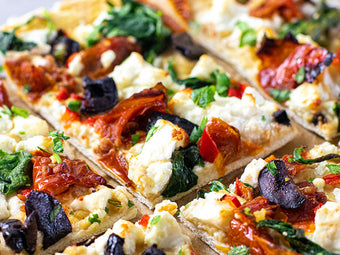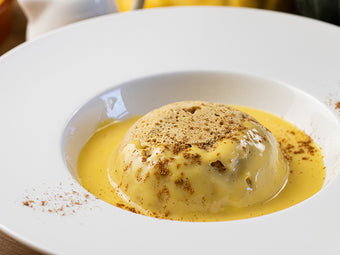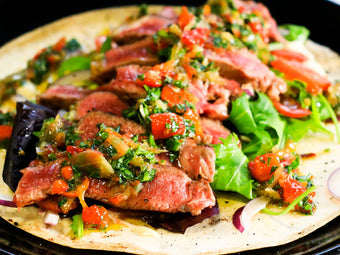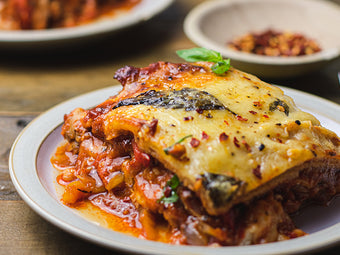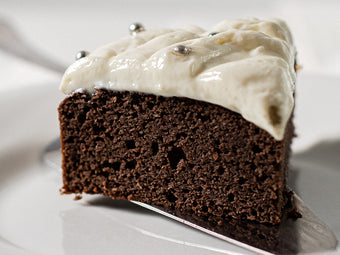Cooking Skills 101 (How To Cook A Steak)
Cooking A Perfect Steak Is Easy When You Know How!
According to a recent survey, only 50% of the participants said they could cook a steak to their own liking. If you are going to splash out on a steak, it seems a crying shame to cook it anything other than perfectly. Let's go through a few hint's and tips to get you where you need to be with your steak.
Choosing Your Steak
When it comes to steak, fat is king. I know that's not something everyone on a diet wants to hear, but it's just a fact. If you want the juiciest, most full-flavoured steak, look for meat with a good marbling of fat throughout. As the steak cooks, this fat melts and effectively bastes the meat from within. The fat in beef is a monounsaturated fat known as oleic acid. This is the same heart-healthy fat that’s found in olive oil, so it's not all bad! If you must remove the fat from your steak, do it after it has finished cooking and resting.
As far as cuts go, there are several options - here's a brief outline of some of the more common cuts readily available in supermarkets, that will work perfectly in a Lo-Dough steak wrap:
Fillet. The leanest and most tender (and most expensive) cut of all, but also, the least flavoursome in comparison to other steaks. For my money, this is best eaten raw, in a tartare or carpaccio.
Sirloin. Another relatively lean cut, but with a little more marbling and a good strip of fat to lend it a more flavour.
Rump. This is a harder working muscle, so isn't as tender as other cuts, but due to its fat-marbling, it is full of flavour.
Ribeye. The steak-lovers steak of choice. Full of pockets of fat that keep the meat tasty and juicy throughout.
If you happen to have a good butcher nearby, you might also want to check out flat iron, bavette/flank and onglet/feather blade steaks - These are cheap and flavoursome steaks, but take note: these cuts must be cooked no further than medium-rare or they become tough as boots (like all steaks to an extent, but each to their own).
No matter what the case, try to buy as thick of a steak as possible up to around an inch thick - most supermarket steaks will be a little under an inch at best. This will allow you enough time to build up a flavoursome outer crust, without over-cooking the inside.
Cooking Your Steak
It goes like this: Heat up your pan/griddle. Like, really heat it up - it should be smoking hot before your steak goes anywhere near it. While you wait for that to happen, oil your steak (always oil the steak not the pan - use low-cal spray if you are looking to keep the calories as low as possible) and season with a good amount of salt. Once the pan is hot enough put the steak in and then leave it well alone... Don't prod it, don't press it, don't shake the pan! Just leave it be for a couple of minutes so that it can build up a perfect, caramelised crust.
Turn your steak over and repeat the process on the other side - another 2 mins. If on a low-fat diet, you are probably best cooking your steak in a griddle to impart an extra charred note into the flavour profile, as you won't be adding any extra fat. In a perfect world, cooking a steak like this should be done over a bbq for the addition of a smokey element.
For BBQs, ensure the flames have died down on your coals and follow the same principle - the only reason to move the steak around when searing is if the flames lick up with the fat.
If you are on a keto/low-carb diet, you will probably want to add a big knob of butter to baste the steak in for the last minute - plus with all that fat in the pan, you can throw in herbs and garlic to flavour the butter and the steak. Don't despair... you won't actually consume all this butter, but it is necessary for the cooking!
If you like black pepper, this is the time to add it.
To check if your steak is done you can do the finger test. Check out the video below to see how this works.
Take your steak out of the pan and leave it to rest. This part of the process is as important as the actual cooking. You want to rest your steak for almost as long as you cooked it for. As it rests, it will actually continue to cook a little and the juices will redistribute through the meat. All your patience will be rewarded - the end result will be a tender, juicy and damn tasty steak.
Check out our steak and chimichurri wrap for a bit of low-calorie/low-carb steak-wrap action!
For another twist, try using Lo-Dough to wrap up a steak with our curried slaw.





